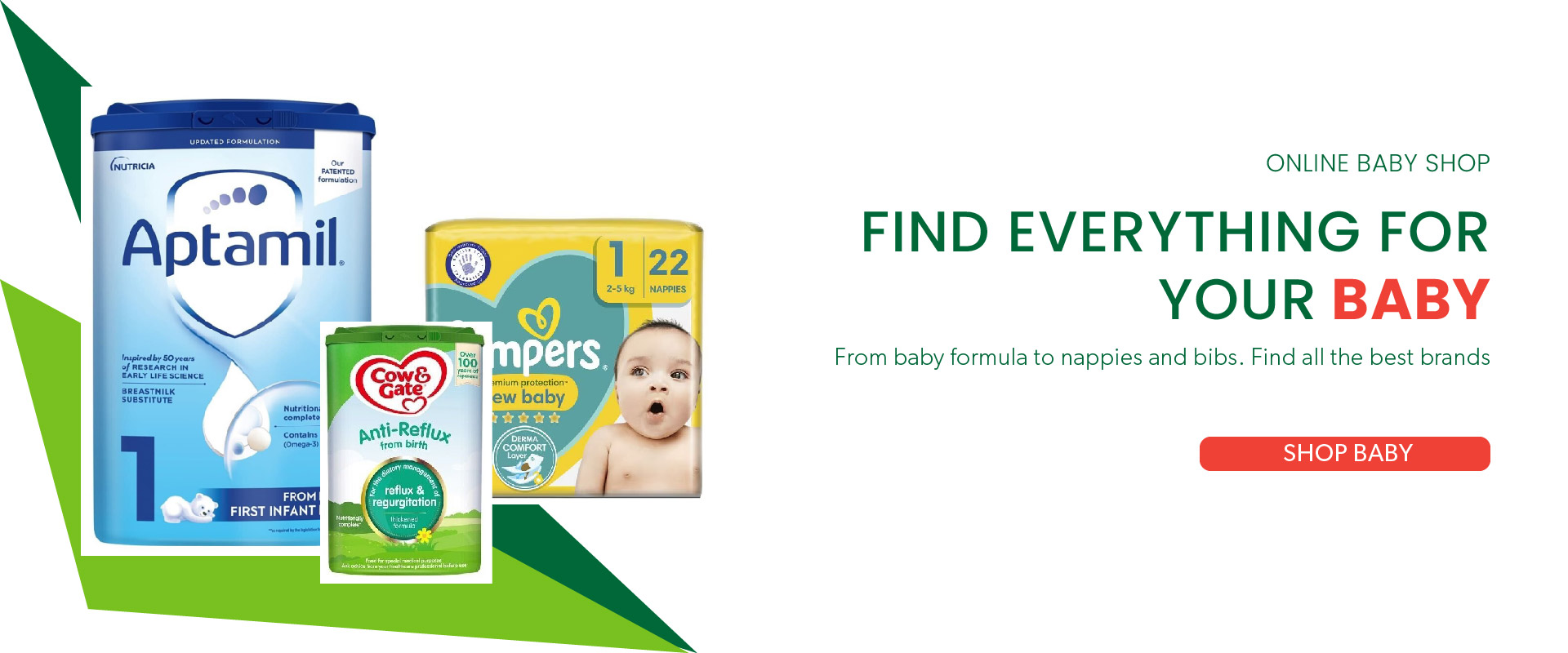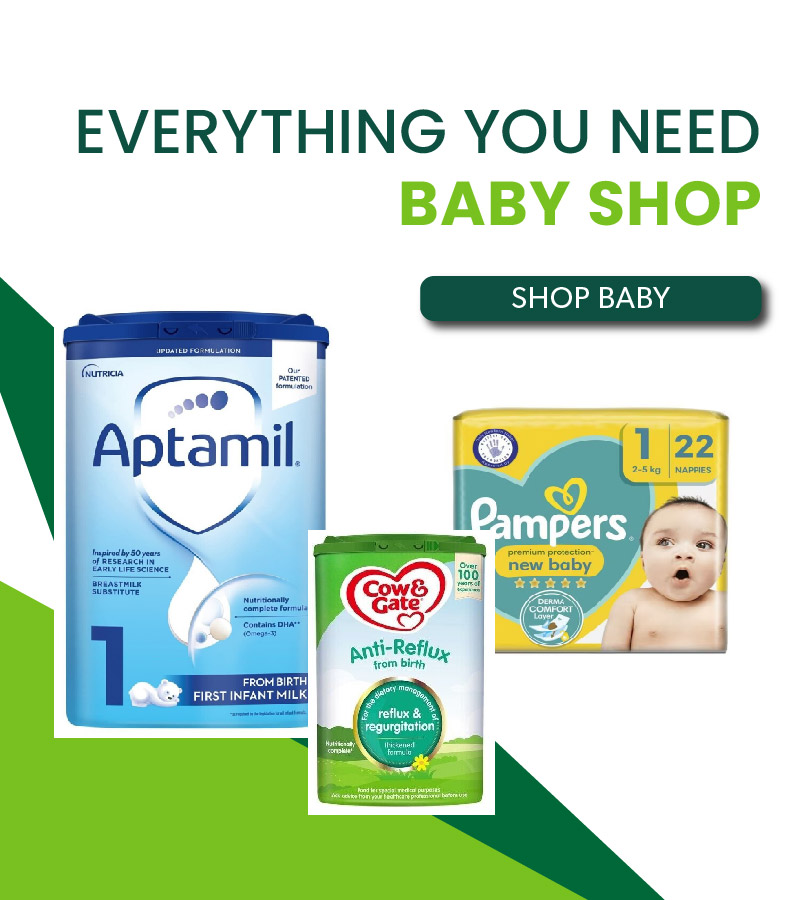Shingles
What is Shingles?
Shingles is a condition caused by the same virus that causes chickenpox called Varicella Zoster.
Shingles is a rash with shooting pain. It shows up on one side of your body, usually in one specific area. A shingles rash starts as a cluster of small bumps. These bumps look different than the surrounding skin and present differently on different skin tones. On darker skin, they may be pink, greyish, purple, or brown. On lighter skin, the bumps appear red.
The bumps will turn into fluid-filled blisters, which also vary in presentation. They can be red, purple, brown or greyish, depending on your skin tone. The blisters usually dry out and crust over within 7 to 10 days.
What are the symptoms of Shingles
The early signs of shingles include:
- A tingling or painful feeling in an area of skin
- A headache or feeling generally unwell
- Enlarged lymph nodes
- Clusters of tiny blisters that open spontaneously
Usually, you get the Shingles rash on your chest and tummy, but it can appear anywhere on your body including on your face, eyes and genitals.
It can take up to 4 weeks for the shingles rash to heal. Your skin can be painful for weeks after the rash has gone, but it usually gets better over time.
What Are the Risk Factors for Shingles?
A weakened immune system might wake up the virus. After you’ve had chickenpox, you are more likely to get shingles if you:
- Are 50 or older
- Are under a lot of stress
- Have cancer, HIV, or another disease that lowers your body’s defences
- Have had a serious physical injury
- Take long-term steroids or other medicines that can waken your immune system
- Didn’t get vaccinated against chickenpox as a kid or an adult.
How to treat shingles symptoms yourself
If you have Shingles there are things you can do to help with the symptoms.
Do:
- Take paracetamol to ease pain
- Keep the rash clean and dry to reduce the risk of infection
- Wear loose-fitting clothing
- Use a cool compress (a bag of ice cubes or frozen vegetables wrapped in a towel, or a wet cloth) a few times a day.
Don’t:
- Do not let dressings or plasters stick to the rash
- Do not wear clothes with rough fibres that can irritate your skin.
How to get assessed and treated with Your Meds Delivered
If you think you might have Shingles, book a Free consultation with one of our pharmacists today.




